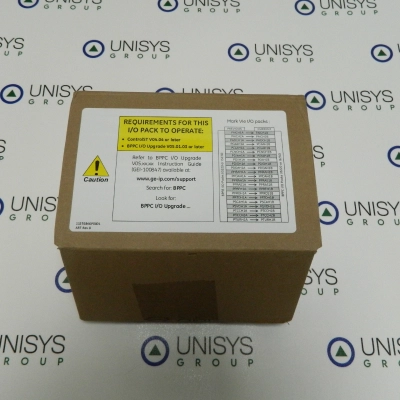


IS200TVIBH2A is a Vibration Input Terminal Board manufactured and designed by General Electric as part of the Mark VI Series used in GE Speedtronic Gas Turbine Control Systems. Two vibration probes can be directly cabled to the VVIB board from the Vibration Input (TVIB) terminal board, which can accommodate up to 14 vibration probes. The displacement and velocity signals are processed and digitalized by VVIB before being transmitted to the controller through the VME bus. Bently Nevada probes are used by the Mark* VI system to measure shaft vibration. TVIB is compatible with the vibration probes listed below:
TVIB terminal boards come in two varieties, H1A and H2A. The H2A type board contains BNC connectors that enable plug-and-play installation of mobile vibration data collection equipment for preventive maintenance. In order to measure and evaluate turbine vibration, both versions contain connectors that allow Bently Nevada vibration monitoring equipment to be permanently cabled to the terminal board.
INSTALLATION:
Three wires for each of the 14 vibration probes should be connected to the two terminal blocks. Connect the TVIB1 JR1 connector to the VVIB J3 on the VME rack and the TVIB JR1 connector to the VVIB J4 in simplex systems. Connect the R, S, and T VVIBs to the TMR systems' VVIB JR1, JS1, and JT1 connectors. To choose the kind of the first eight probes, use jumpers JP1 through JP8. Optionally, use connectors JA1, JB1, JC1, and JD1 to link TVIB to a Bently Nevada system.
OPERATION:
TVIB is compatible with Bently Nevada's Proximitor®, Seismic®, Accelerometer®, and Velomitor® probes. The VVIB boards, operating in simplex or TMR mode, provide power for the vibration probes. When the probe signals return to VVIB, they are A/D converted and delivered to the controller via the VME bus. The controller generates alerts for vibration, eccentricity, and axial position as well as trip logic.
The VME board supplies a -28 V DC supply for proximitor power to the terminal board. A diode high-select circuit in TMR systems chooses the highest - 28 V DC bus for redundancy. Individual short-circuit-protected excitation sources, ranging from -23 to -26 V dc, are provided via regulators. High-speed, discrete time-sampled sampling is used by VVIB to sample the probe inputs.